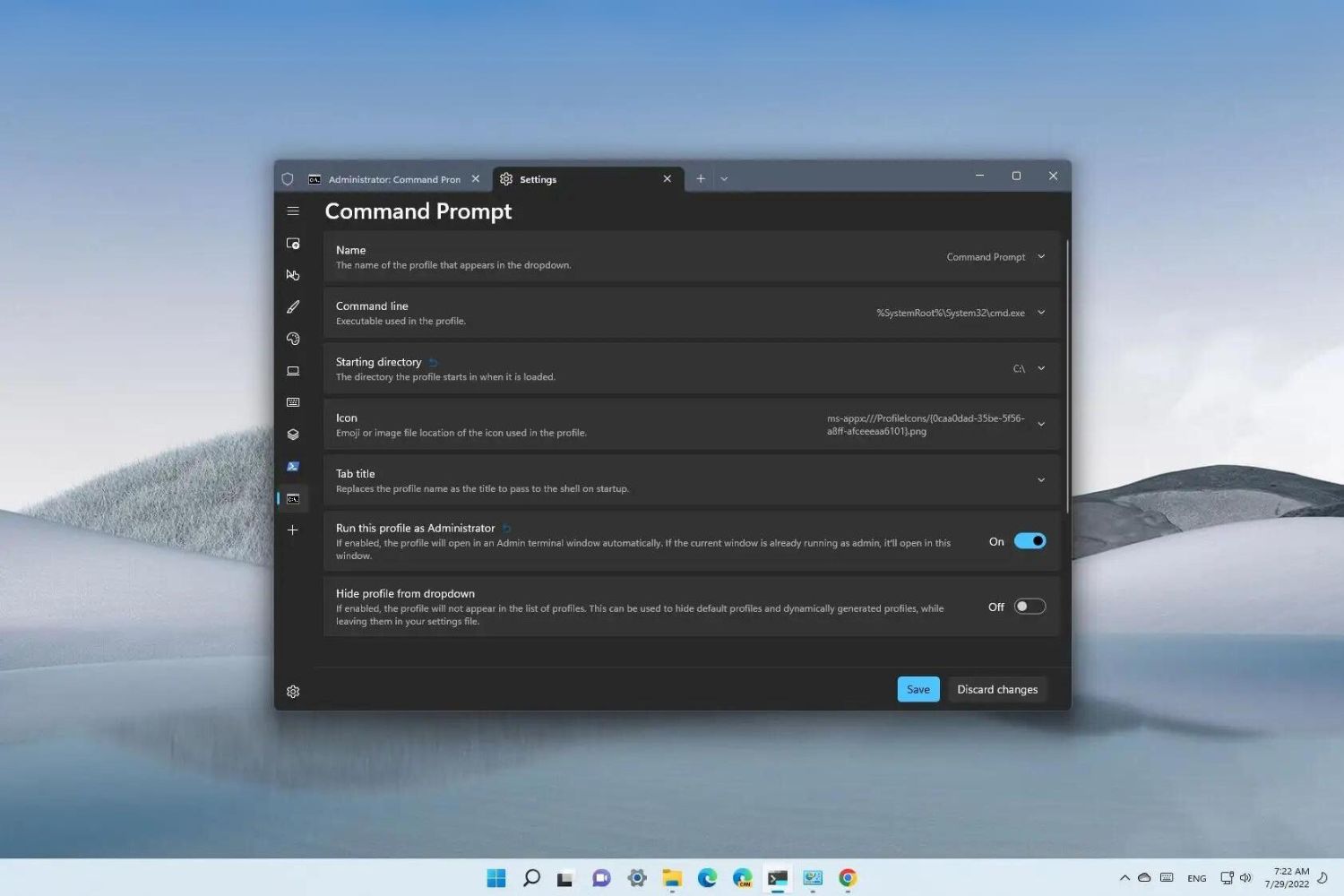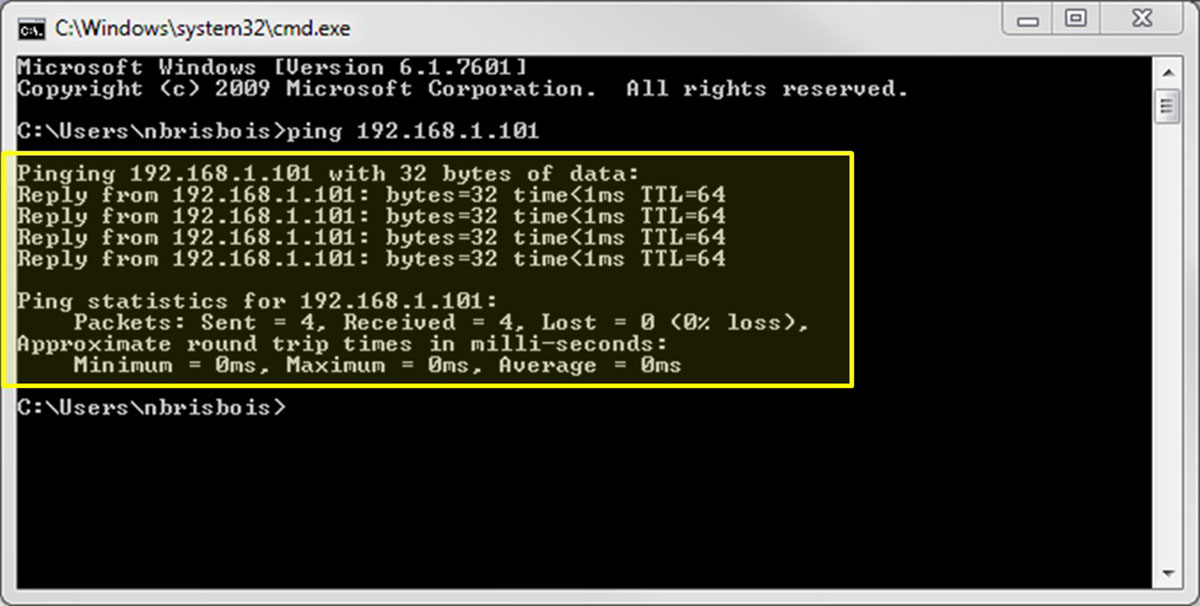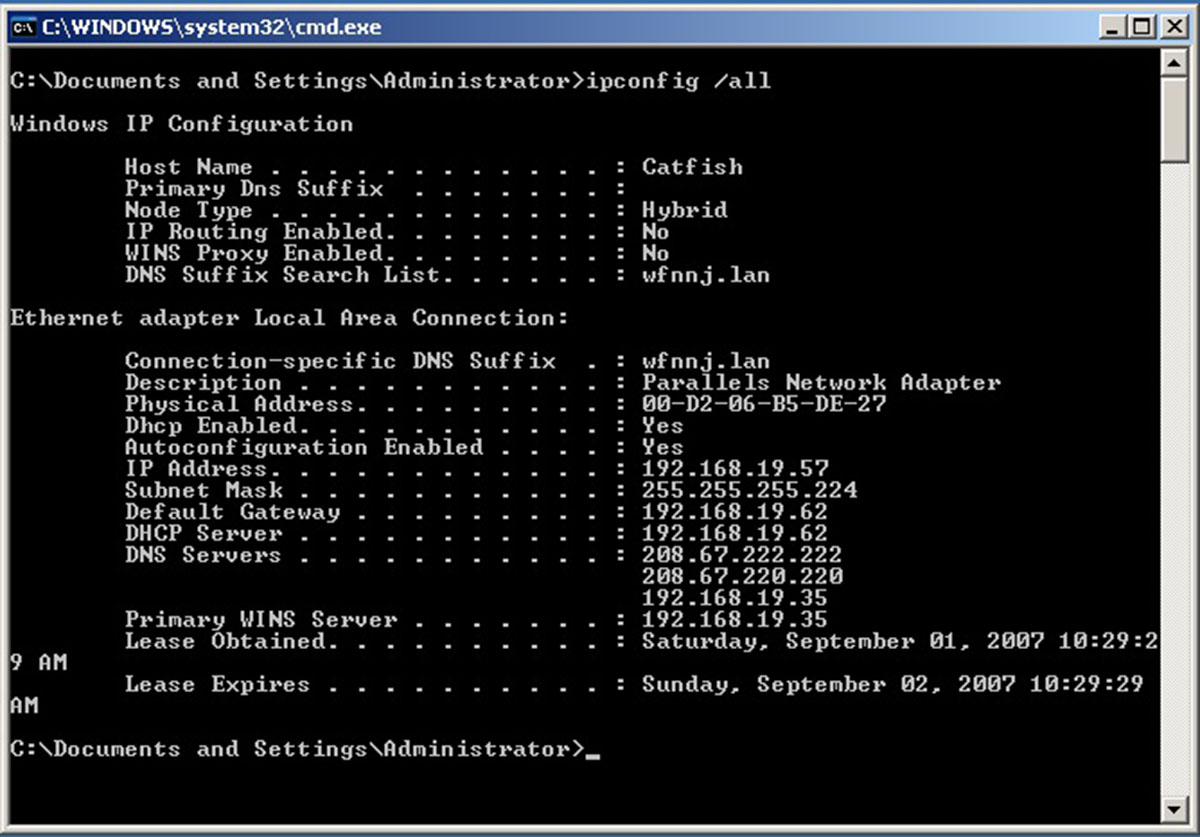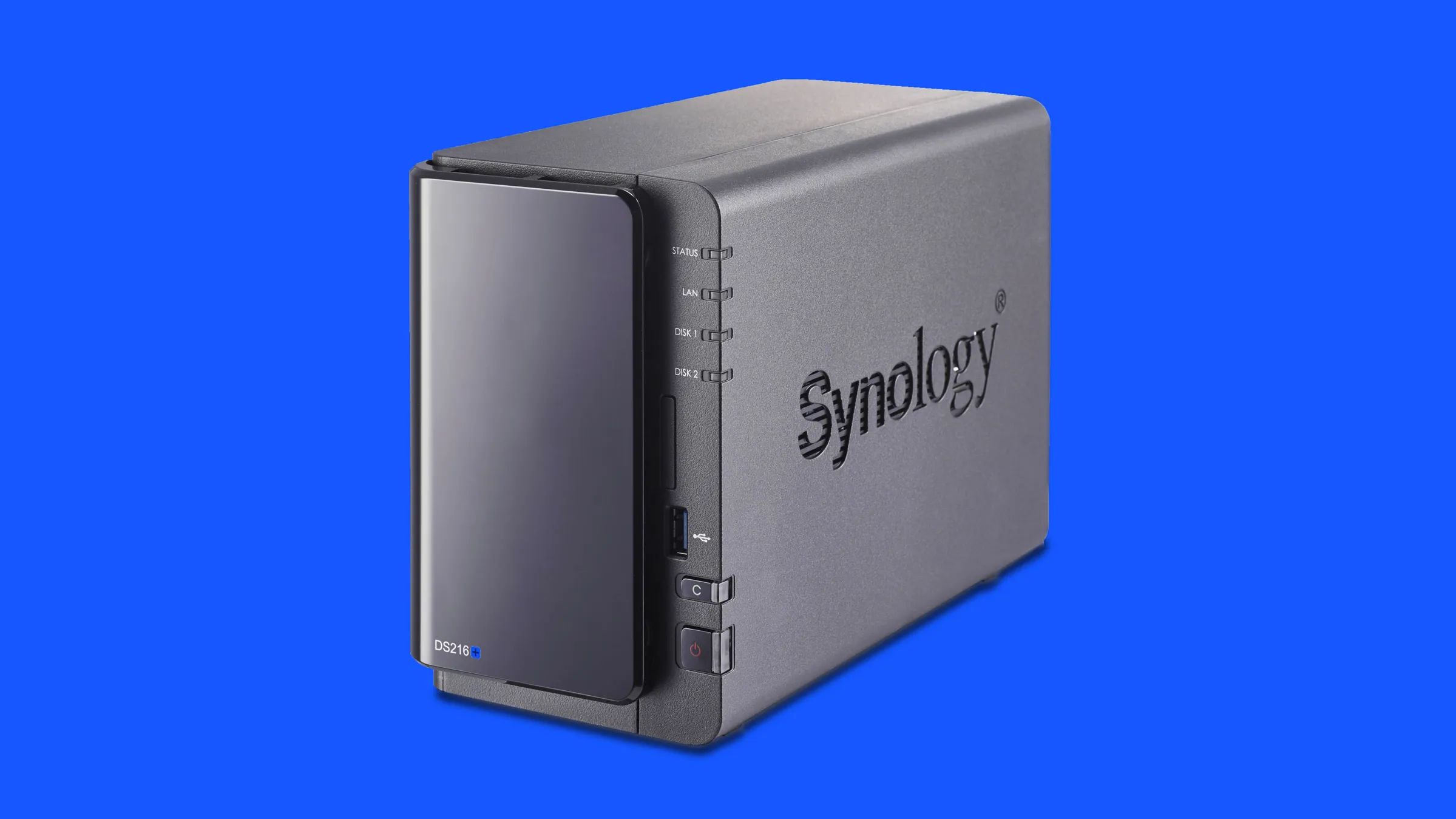Introduction
Welcome to this guide on how to get the IP address in Command Prompt (Cmd) on both Windows and Mac systems. Understanding how to access your IP address can prove to be incredibly useful in various scenarios, such as troubleshooting network issues, setting up network connections, or configuring certain software.
Before diving into the steps of obtaining your IP address, it is important to clarify what an IP address actually is. IP, short for Internet Protocol, is a unique numerical label assigned to each device connected to a computer network. It serves two main purposes: identifying the device’s location in the network and facilitating data exchange between devices.
Why is it important to know your IP address, you may wonder? Well, knowing your IP address can help you diagnose and fix network issues, especially when troubleshooting connectivity problems. It is essential for establishing remote connections, such as accessing your home computer from a different location or using remote desktop applications. Additionally, it is crucial for managing network configurations, ensuring security, and optimizing performance.
In the following sections, we will provide step-by-step instructions on how to retrieve your IP address in Command Prompt on both Windows and Mac operating systems. By following these instructions, you will be able to quickly and easily obtain your IP address, empowering you to troubleshoot and configure network settings with confidence.
What is an IP Address?
An IP address, short for Internet Protocol address, is a numerical label assigned to each device connected to a computer network. It serves as a unique identifier and location address, allowing devices to communicate with each other over the internet.
There are two versions of IP addresses currently in use: IPv4 (Internet Protocol version 4) and IPv6 (Internet Protocol version 6). IPv4 addresses consist of four sets of numbers separated by periods, such as 192.168.0.1. Each set can range from 0 to 255. However, due to the increasing number of devices connected to the internet, the supply of IPv4 addresses is running low. To address this issue, IPv6 was introduced, which uses a more extensive addressing format, featuring eight sets of numbers separated by colons.
An IP address serves two main functions: identification and location addressing. Firstly, it identifies a device within a network, much like a telephone number identifies a particular phone. This identification allows data packets to be sent and received accurately among devices in the network. Secondly, IP addresses help determine the location of a device in a network by providing information about the network and the specific device within that network.
IP addresses operate at two levels: the network level and the host level. The network-level portion of the IP address identifies the network, while the host-level portion identifies the device within that network. By combining these two levels, IP addresses provide a comprehensive way to locate and communicate with devices connected to a network.
It’s important to note that IP addresses can be dynamic or static. Dynamic IP addresses are assigned dynamically by a DHCP (Dynamic Host Configuration Protocol) server, which allows the address to change each time a device connects to the network. On the other hand, static IP addresses are manually assigned to a device and remain constant, providing a fixed point of reference for network connections.
Now that we have a clear understanding of what an IP address is and its basic functions, let’s explore how to find your IP address using the Command Prompt on both Windows and Mac systems.
Why do you need to know your IP address?
Knowing your IP address can be vital in various situations and can provide several benefits. Let’s explore some of the key reasons why it is important to have knowledge of your IP address.
Troubleshooting Network Issues: When you encounter network connectivity problems, knowing your IP address can help you diagnose and troubleshoot the issue more effectively. It allows you to identify if the problem lies within your local network or with your internet service provider.
Remote Access: Understanding your IP address is essential when it comes to remote access. Whether you need to access your home computer from your workplace or manage network devices remotely, knowing your IP address enables you to establish secure connections and control your devices from a distance.
Setting up Network Connections: Configuring network devices, such as routers or printers, often requires you to specify IP addresses. Knowing your IP address allows you to correctly set up and configure these devices for seamless network connectivity.
Optimizing Network Performance: Monitoring and optimizing network performance can be done more efficiently when you know your IP address. By analyzing network traffic and identifying potential bottlenecks, you can take appropriate measures to improve network speed and optimize overall performance.
Enhancing Network Security: Being aware of your IP address is crucial in terms of network security. It enables you to actively monitor and protect your network from potential threats by implementing firewalls, setting up secure connections, and detecting any suspicious activity.
Understanding Geolocation: Your IP address can provide information about your geographical location. Although it may not pinpoint your exact address, it can give a general idea of where you are located. This information can be useful in several scenarios, such as localizing search results or accessing region-specific content.
Overall, having knowledge of your IP address empowers you to take control of your network and troubleshoot issues effectively. It allows you to establish remote connections, optimize network performance, enhance security measures, and configure network devices with ease. Now, let’s move on to the practical steps you can follow to find your IP address using Command Prompt on both Windows and Mac systems.
How to get IP address in Cmd on Windows
Obtaining your IP address in Command Prompt on Windows is a straightforward process. Follow these steps:
-
- Step 1: Opening the Command Prompt
To begin, open the Command Prompt. You can do this by pressing the Windows key + R to open the Run dialog box. Type “cmd” in the box and press Enter. This will launch the Command Prompt.
-
- Step 2: Running the Ipconfig Command
In the Command Prompt window, type “ipconfig” and press Enter. The “ipconfig” command allows you to retrieve various network configuration information, including your IP address.
-
- Step 3: Locating your IP address in the Command Prompt
After running the “ipconfig” command, a list of network adapters and their configurations will appear. Look for the adapter that is currently connected to the network you want to know the IP address of. Under that adapter, locate the “IPv4 Address” or “IPv6 Address” field. The alphanumeric value displayed next to it is your IP address.
It is important to note that if you are connected to the internet through a router and your computer is assigned a private IP address, the IP address displayed will be the internal IP address assigned by the router. To find your public IP address, you can use online services or check the router settings.
By following these steps, you can easily find your IP address using Command Prompt on a Windows system. Now let’s move on to the next section to learn how to get the IP address in Cmd on a Mac.
Step 1: Opening the Command Prompt
The first step in obtaining your IP address using Command Prompt (Cmd) on a Windows system is to open the Command Prompt window. Follow these instructions to get started:
- Press the Windows key + R on your keyboard. This will open the Run dialog box.
- In the Run dialog box, type “cmd” and press Enter. This will launch the Command Prompt window.
Alternatively, you can also open the Command Prompt by searching for it in the Start Menu. Simply type “Command Prompt” in the search bar, and click on the Command Prompt app that appears in the search results.
Upon opening the Command Prompt, you will see a black window with a blinking cursor, indicating that you are ready to enter commands. The Command Prompt provides a command-line interface where you can execute various commands and access system functionalities.
It’s important to note that the Command Prompt allows you to interact with the system on a deeper level. Therefore, exercise caution when entering commands and make sure to follow the instructions carefully to avoid unintended consequences.
Now that you have successfully opened the Command Prompt, you are ready to proceed to the next step, which involves running the appropriate command to retrieve your IP address. Continue reading to learn more.
Step 2: Running the Ipconfig Command
After opening the Command Prompt window, the next step in obtaining your IP address using Command Prompt (Cmd) on a Windows system is to run the “ipconfig” command. The “ipconfig” command allows you to retrieve various network configuration information, including your IP address. Follow these instructions:
- Type “ipconfig” in the Command Prompt window.
- Press Enter on your keyboard.
After executing the “ipconfig” command, you will see a list of network adapters and their associated configurations. This information includes details such as the IP address, subnet mask, default gateway, and more. The Command Prompt will display the results in a format that is easy to read and understand.
It’s important to note that if your computer is connected to multiple networks, such as both Wi-Fi and Ethernet, the Command Prompt will display the network configuration for each adapter. Make sure to locate the network adapter that you are interested in finding the IP address for.
Now that you have successfully run the “ipconfig” command and retrieved the network configuration information, you are ready to proceed to the next step to locate your IP address. Read on to learn more.
Step 3: Locating your IP address in the Command Prompt
After running the “ipconfig” command in Command Prompt (Cmd) on a Windows system, the next step is to locate your IP address within the displayed network configuration information. Follow these instructions:
- Look for the network adapter that you are interested in finding the IP address for. This could be your Wi-Fi adapter, Ethernet adapter, or any other network connection that is currently active.
- Under the selected network adapter, locate the field labeled “IPv4 Address” or “IPv6 Address”. The specific label may vary depending on the network configuration.
- The alphanumeric value displayed next to the “IPv4 Address” or “IPv6 Address” field is your IP address. This value consists of a series of numbers and/or letters separated by periods (for IPv4) or colons (for IPv6).
It’s important to note that if your computer is connected to multiple networks or has multiple network adapters, you may see multiple IP addresses listed. Make sure to identify the IP address associated with the network connection you are interested in.
Remember that if your computer is connected to a router and using private IP addressing, the IP address displayed will be the internal IP address assigned by the router. If you want to find your public IP address, which is assigned by your Internet Service Provider (ISP), you can use online services or check the router settings.
Once you have located your IP address in the Command Prompt window, you can make note of it for reference or use it for various purposes, such as troubleshooting network issues, configuring network settings, or establishing remote connections.
Now that you have successfully located your IP address using Command Prompt on a Windows system, you are equipped with the necessary information. Continue reading to learn how to get the IP address in Cmd on a Mac.
How to get IP address in Cmd on Mac
To obtain your IP address using Command Prompt (Cmd) on a Mac, you will need to use the Terminal application. Follow these steps to retrieve your IP address:
-
- Step 1: Launching the Terminal
Open the Terminal application on your Mac. You can do this by navigating to Applications > Utilities > Terminal. Alternatively, you can use the Spotlight feature by pressing Command + Space and then typing “Terminal” in the search bar.
-
- Step 2: Running the ifconfig Command
In the Terminal window, type “ifconfig” and press Enter. This command allows you to retrieve network interface information, including your IP address.
-
- Step 3: Finding your IP address in the Terminal
After executing the “ifconfig” command, you will be presented with detailed information about your network interfaces. Look for the network adapter you are interested in, such as Wi-Fi or Ethernet.
Under the selected network adapter, locate the line starting with “inet“. The alphanumeric value following “inet” is your IP address. For example, it might appear as “inet 192.168.0.123”.
Additionally, you may come across an IPv6 address under the line starting with “inet6“. Similar to IPv4, it consists of a series of alphanumeric characters separated by colons.
Once you have identified your IP address in the Terminal, you can use it for various purposes, such as troubleshooting network issues, configuring network settings, or establishing remote connections.
Now that you have successfully retrieved your IP address using Command Prompt on a Mac, you have the information you need. In the next section, we will conclude the guide with a summary of what we’ve covered.
Step 1: Launching the Terminal
The first step to get your IP address using Command Prompt (Cmd) on a Mac is to launch the Terminal application. Follow these instructions to open the Terminal:
- Navigate to the Applications folder on your Mac.
- Open the Utilities folder.
- Double-click on the Terminal application to launch it.
Alternatively, you can use the Spotlight feature on your Mac. Here’s how:
- Press the Command + Space keys simultaneously on your keyboard.
- In the search bar that appears, type “Terminal”.
- Click on the Terminal application from the search results to open it.
Once you have successfully launched the Terminal, a window will appear with a command-line interface where you can enter commands and execute them.
The Terminal provides you with direct access to the underlying Unix-based shell, allowing you to execute various commands and access system functions. It is both a powerful and versatile tool for performing a wide range of tasks on your Mac.
Take note that when using the Terminal, it is essential to exercise caution when executing commands as they can have significant effects on your system. Always follow instructions carefully and ensure that you are entering the correct commands to avoid any unintended consequences.
Now that you have successfully launched the Terminal, you are ready to proceed to the next step, which involves running the appropriate command to retrieve your IP address. Read on to learn more.
Step 2: Running the ifconfig Command
After launching the Terminal on your Mac, the next step to get your IP address using Command Prompt (Cmd) is to run the “ifconfig” command. The “ifconfig” command retrieves network interface information, including your IP address. Follow these instructions:
- Type “ifconfig” in the Terminal window.
- Press Enter on your keyboard.
After executing the “ifconfig” command, you will see a detailed display of information about your network interfaces. This information includes details about your network connections, including your IP address, subnet mask, MAC address, and more.
Locate the network adapter that you are interested in finding the IP address for. This could be your Wi-Fi adapter, Ethernet adapter, or any other active network connection.
Under the selected network adapter, you will find an entry starting with “inet“. The alphanumeric value following “inet” is your IP address. For example, it might appear as “inet 192.168.0.123”.
Additionally, you might also come across an IPv6 address listed under the “inet6” section. Similar to IPv4, it consists of a series of alphanumeric characters separated by colons.
Now that you have successfully run the “ifconfig” command, you have retrieved the network interface information, including your IP address. The Terminal has provided you with the necessary details to continue using your IP address for various purposes, such as troubleshooting, network configuration, or establishing remote connections.
Now, let’s proceed to the next step where we will locate your IP address within the Terminal using the network interface information provided.
Step 3: Finding your IP address in the Terminal
After running the “ifconfig” command in the Terminal on your Mac, the next step is to locate your IP address within the displayed network interface information. Follow these instructions:
- Look for the network adapter or interface that you are interested in finding the IP address for. This could be your Wi-Fi adapter, Ethernet adapter, or any other active network connection listed in the output.
- Under the selected network adapter, locate the line starting with “inet“. The alphanumeric value following “inet” is your IP address. For example, it might appear as “inet 192.168.0.123”.
- If your Mac is using an IPv6 address, you may also find an entry starting with “inet6“. This is the IPv6 address associated with your network interface.
It is important to note that the IP address displayed will vary depending on the network adapter or interface you are viewing. Make sure to identify the IP address associated with the network connection you are interested in.
Once you have located your IP address within the Terminal, you can use it for various purposes, such as troubleshooting network issues, configuring network settings, or establishing remote connections.
Remember that if your Mac is connected to a router and using private IP addressing, the IP address displayed will be the internal IP address assigned by the router. If you want to find your public IP address, which is assigned by your Internet Service Provider (ISP), you can use online services or check the router settings.
Now that you have successfully located your IP address using Command Prompt on a Mac, you have the information you need. In the next section, we will conclude the guide with a summary of what we’ve covered.
Conclusion
Knowing how to retrieve your IP address using Command Prompt (Cmd) on both Windows and Mac systems can be incredibly helpful in troubleshooting network issues, configuring network settings, or establishing remote connections. Throughout this guide, we have outlined the steps required to obtain your IP address using the Command Prompt or Terminal, depending on your operating system.
We started by understanding what an IP address is and its role in identifying and locating devices on a network. We then explored the reasons why knowing your IP address is important, such as troubleshooting network issues, setting up network connections, optimizing network performance, enhancing network security, and understanding geolocation.
For Windows users, we provided a step-by-step guide on how to get your IP address in Command Prompt. We covered opening the Command Prompt, running the “ipconfig” command, and locating your IP address within the displayed network configuration information.
For Mac users, we provided instructions on how to obtain your IP address in Terminal. We covered launching the Terminal application, running the “ifconfig” command, and finding your IP address within the displayed network interface information.
By following these steps, you can easily retrieve your IP address and utilize it for various purposes, including troubleshooting network issues, configuring network settings, or establishing remote connections. It is important to note that your IP address may differ depending on your network setup and whether you are using a private or public IP address.
Now that you have the knowledge and tools to find your IP address using Command Prompt or Terminal, you can confidently navigate network configurations and troubleshoot network-related problems. Understanding your IP address allows you to take control of your network and optimize your online experience.
We hope this guide has been helpful in assisting you to find your IP address using Command Prompt or Terminal on Windows and Mac. If you have any further questions or need additional assistance, feel free to consult online resources or reach out to network professionals.

























